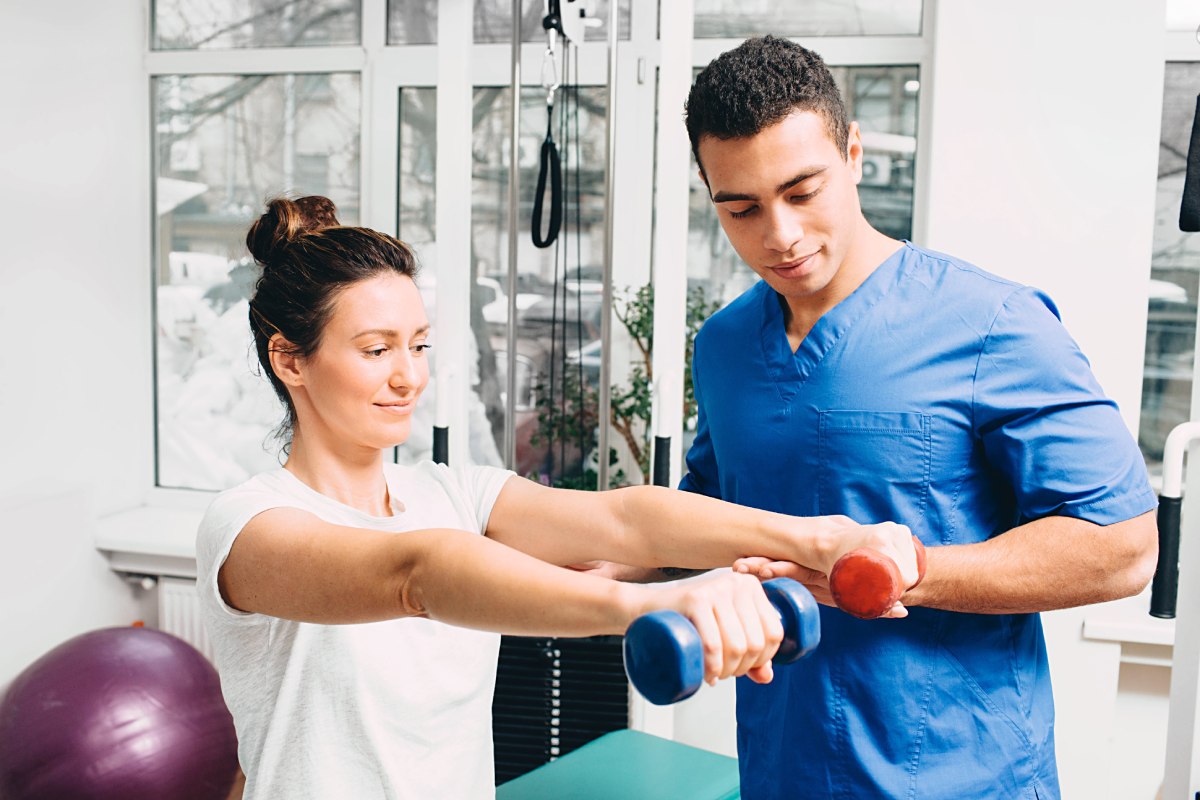Physical treatment serves as a significant component of healing and rehabilitation for a lot of individuals. It aids patients regain vigor, boost movement, and alleviate pain after injuries or operations. Numerous methods to physical treatment, all designed to address the distinct needs of clients. Comprehending these different techniques can aid individuals form knowledgeable decisions about their recovery journey.
A frequent approach to bodily rehabilitation is hands-on treatment. This approach includes direct therapy by a physiological therapist to handle muscles and connections. Hands-on therapy can assist relieve discomfort, boost vascular health, and enhance flexibility. Therapists may utilize approaches such as massage, connection movement, and flexibility exercises to help individuals recover. Such approach is commonly beneficial for those with skeletal issues, such as lower back pain or arthritic conditions, as it focuses on the muscular aspects of rehabilitation.
Another crucial approach is rehabilitative movement. This technique involves targeted movements tailored to enhance vigor, balance, and coordination. Physiological therapists develop tailored physical activity plans based on the patient's situation and goals. These activities can range from basic movements to increasingly complex tasks. Therapeutic physical activity is vital for rebuilding vigor after an injury and avoiding additional problems. This additionally aids clients recover self-assurance in their physical skills, which is crucial for complete healing.

Aquatic therapy is another beneficial technique that uses water to aid in rehabilitation. This approach utilizes the buoyancy of water, which reduces the impact on joints and allows for more comfortable activity. Clients can carry out movements in a swimming pool, making it a fantastic choice for those with restricted movement or pain. Aquatic therapy can aid boost vigor, range of motion, and stamina while offering a supportive environment for recovery. This is notably helpful for patients recovering from surgery or those with find this chronic soreness problems.
In conclusion, learning and self-management are crucial parts of physiological rehabilitation. Physical therapists also offer care but also teach individuals about their issues and how to handle them. Such entails understanding body mechanics, position, and the significance of remaining active. With enabling individuals with knowledge, specialists assist them assume an active position in their rehabilitation. This method motivates patients to continue their healing beyond the scope of care appointments, resulting to better enduring results.
To summarize, physical treatment provides various techniques to improve recovery and restoration. Physical rehabilitation, rehabilitative movement, water-based therapy, and learning all serve significant functions in aiding patients recover their power and mobility. All approach is tailored to address the distinct needs of clients, ensuring a complete technique to recovery. By grasping these diverse methods, patients can better handle their recovery process and strive towards achieving their healing objectives.